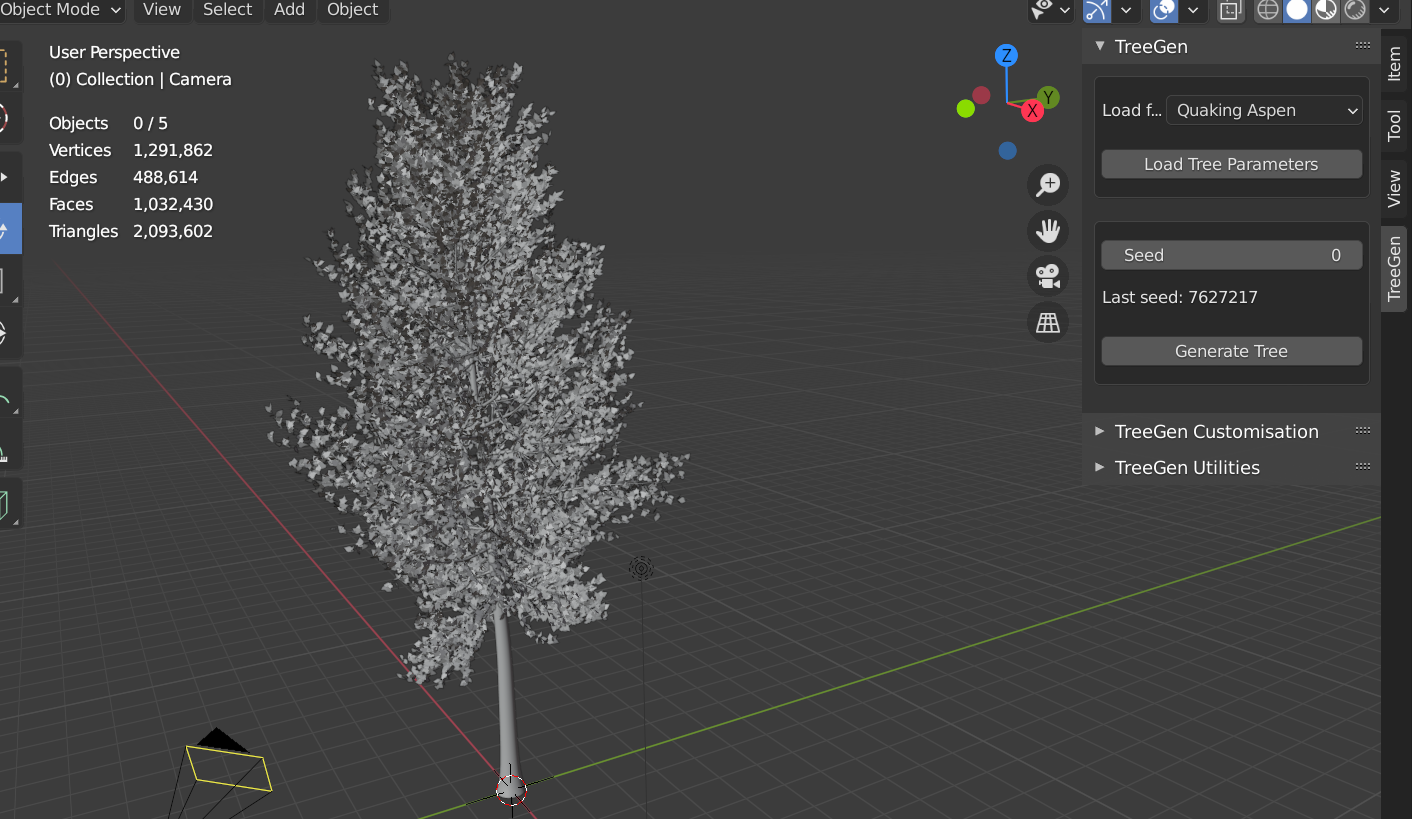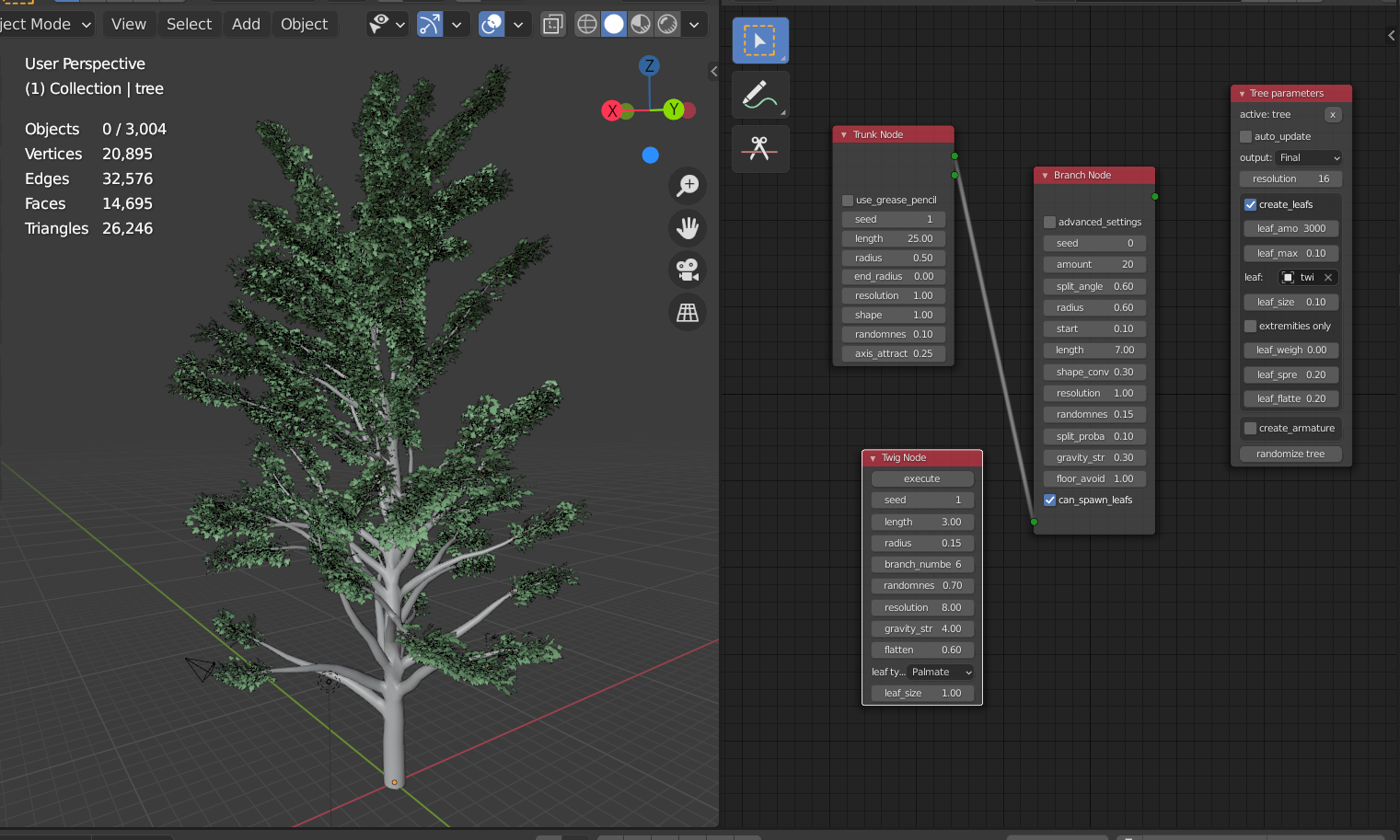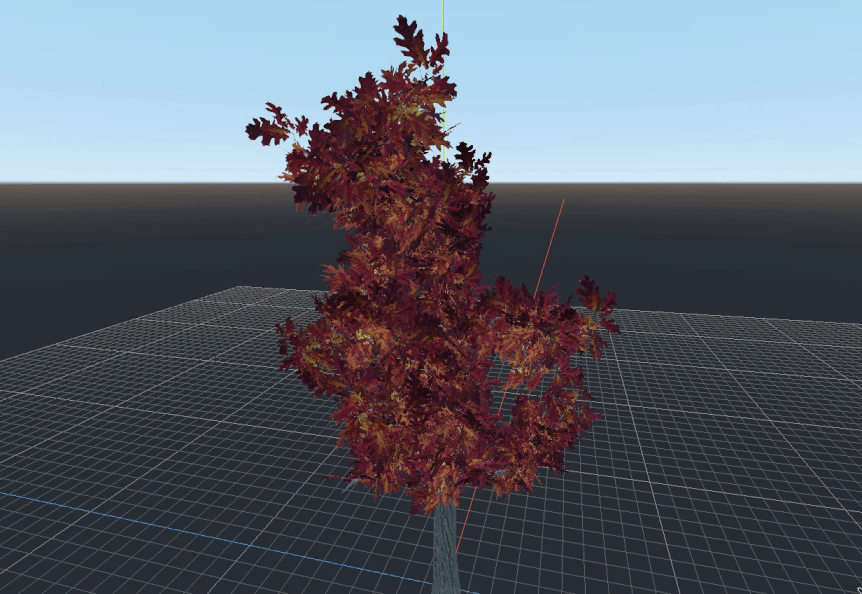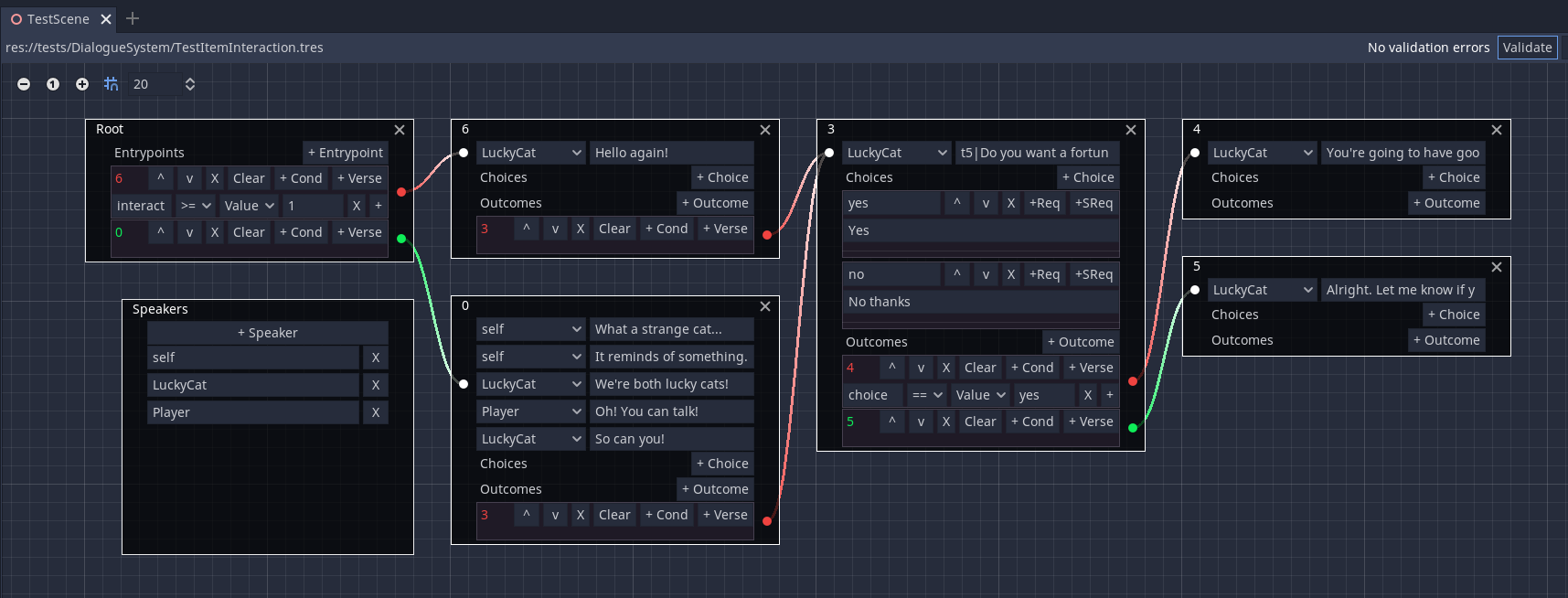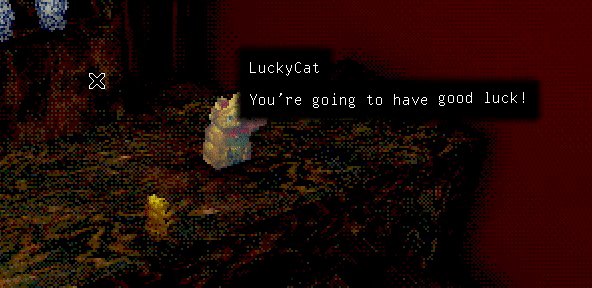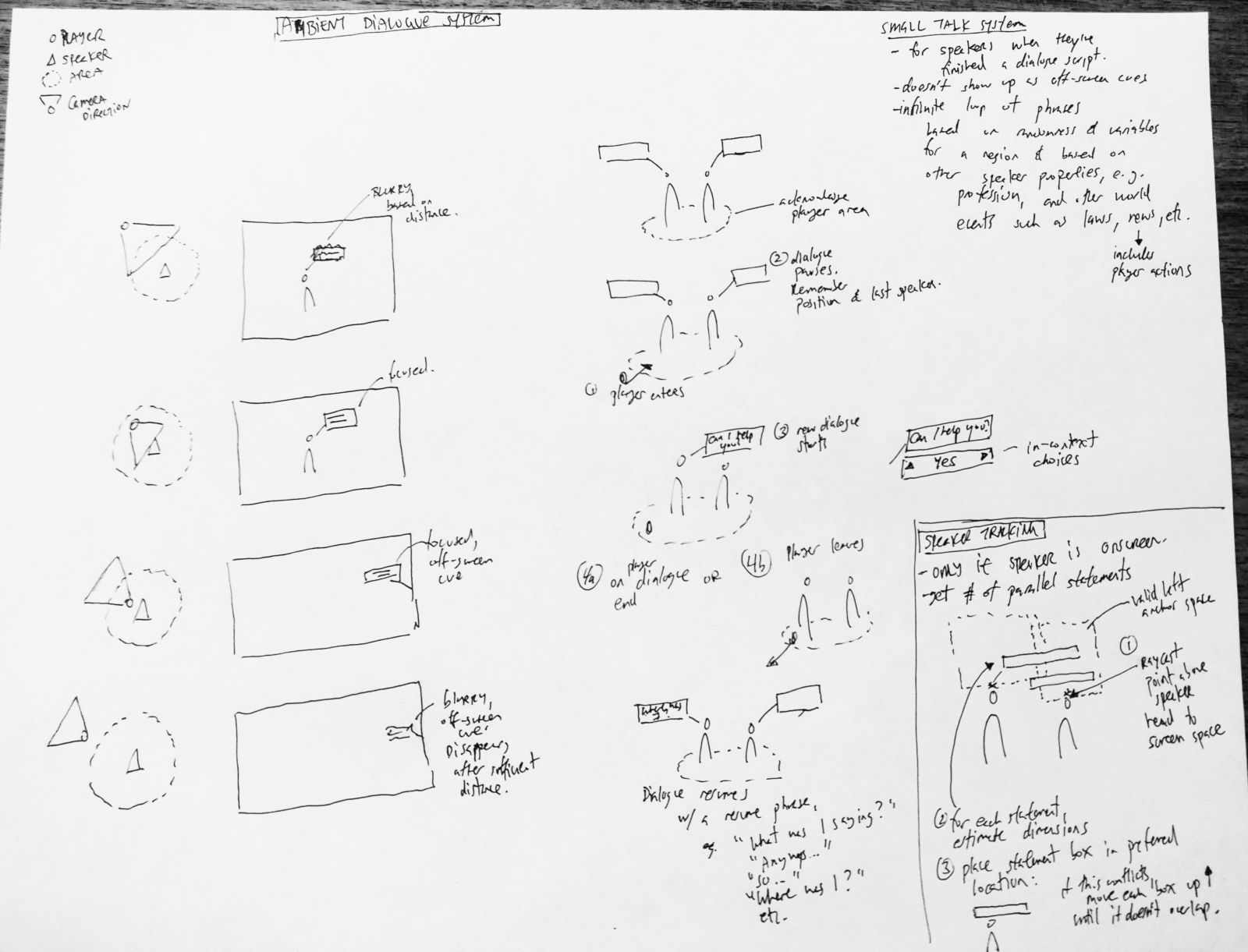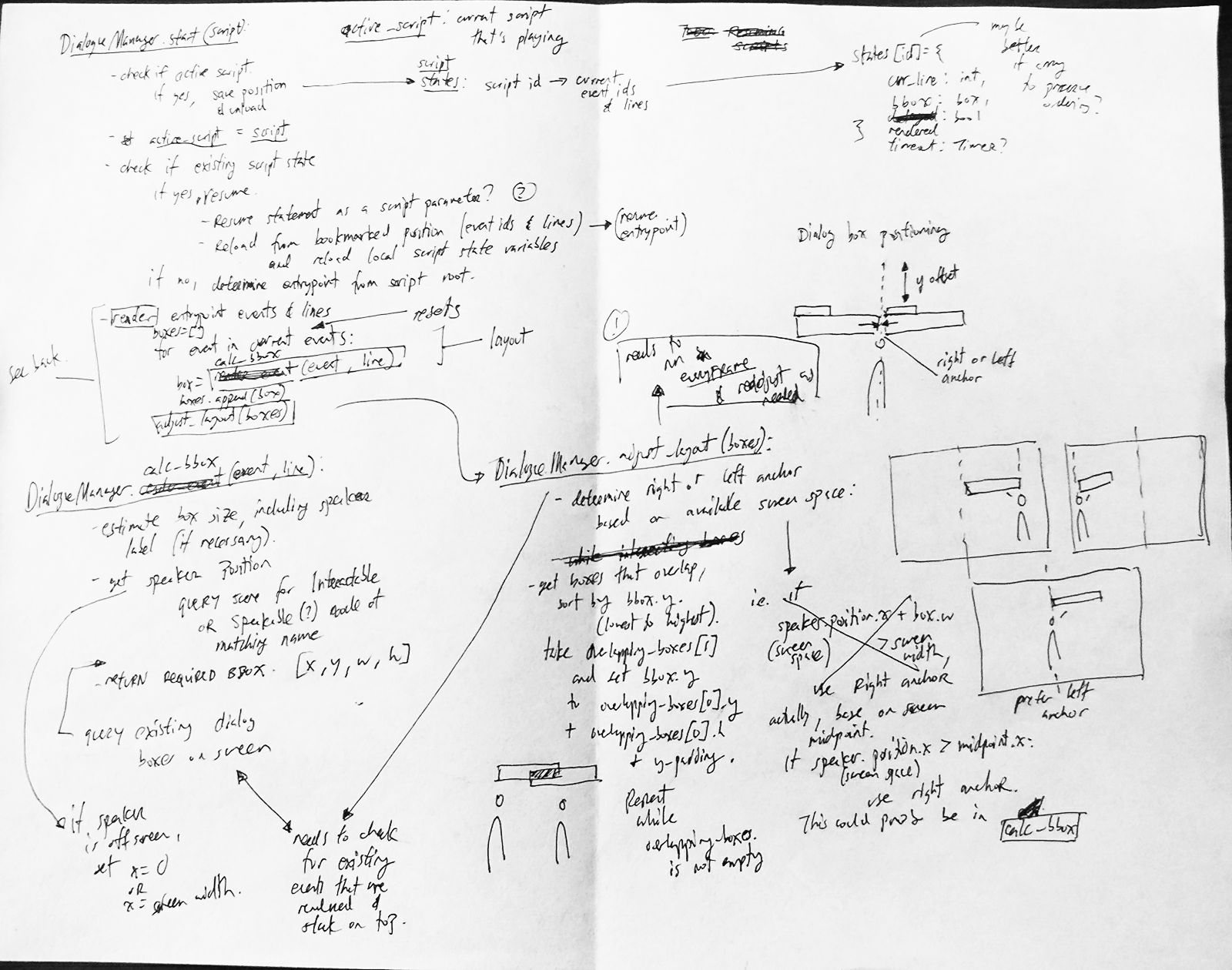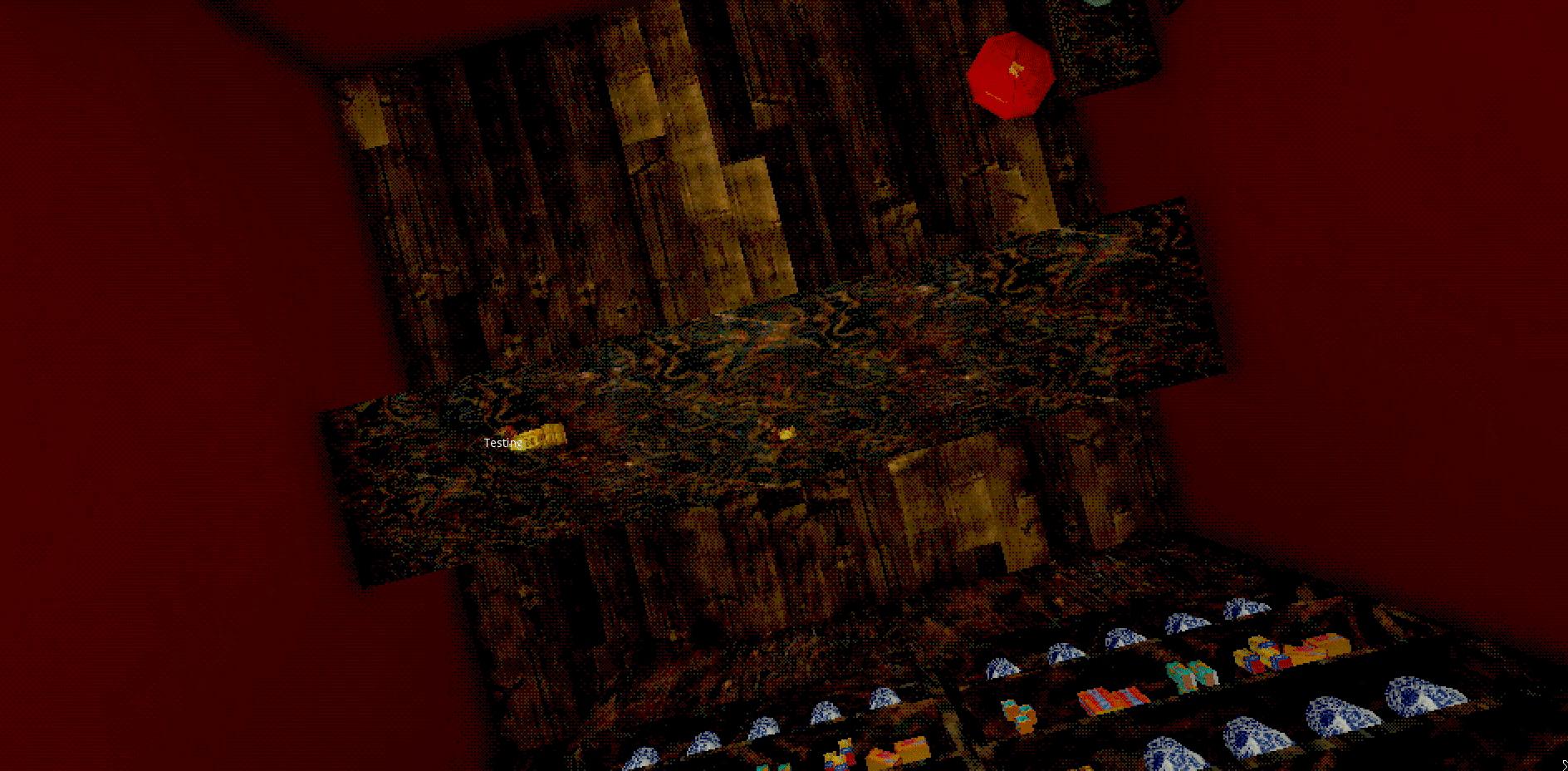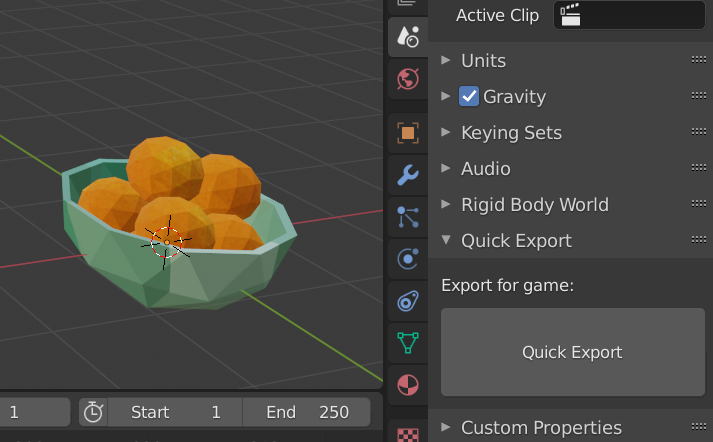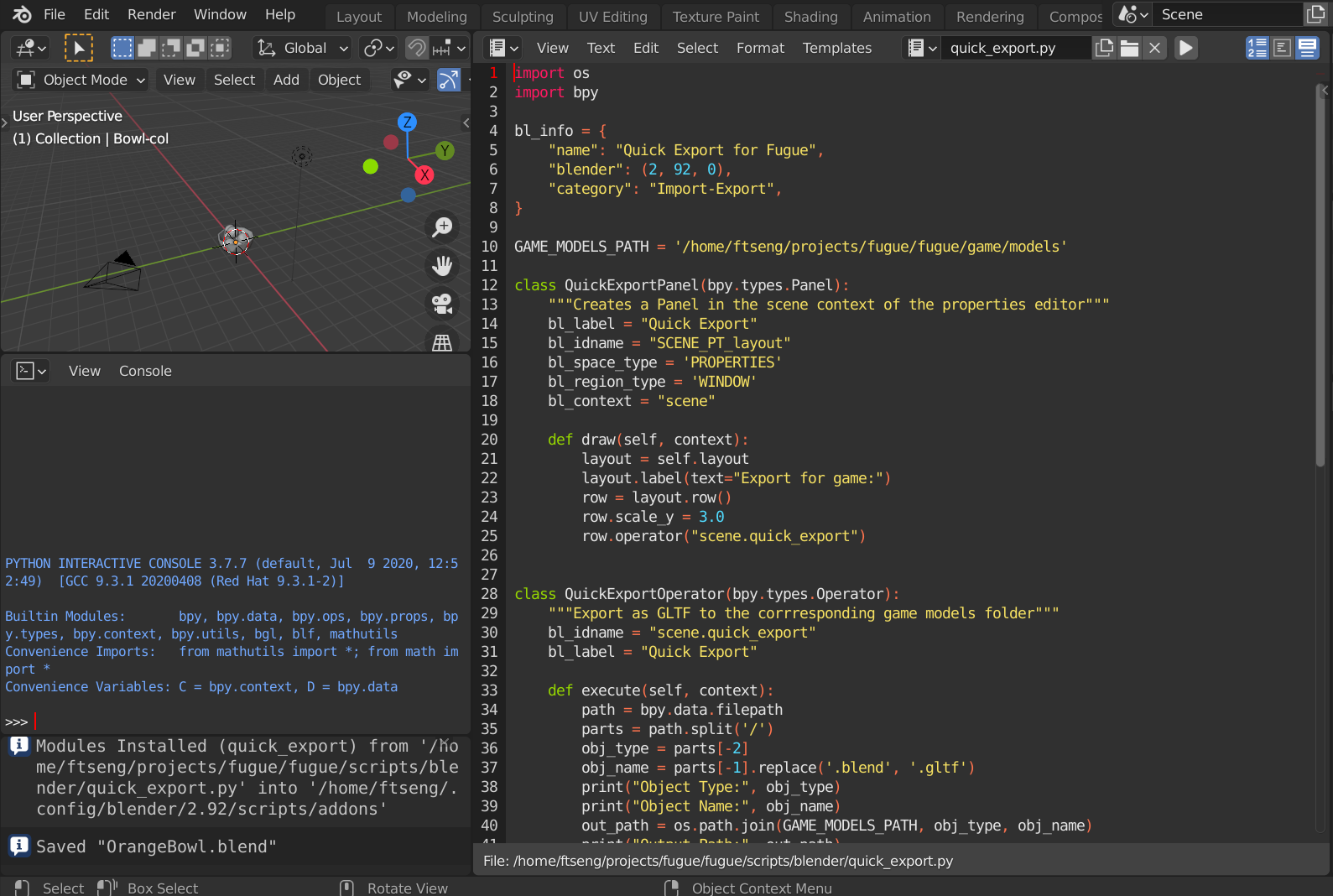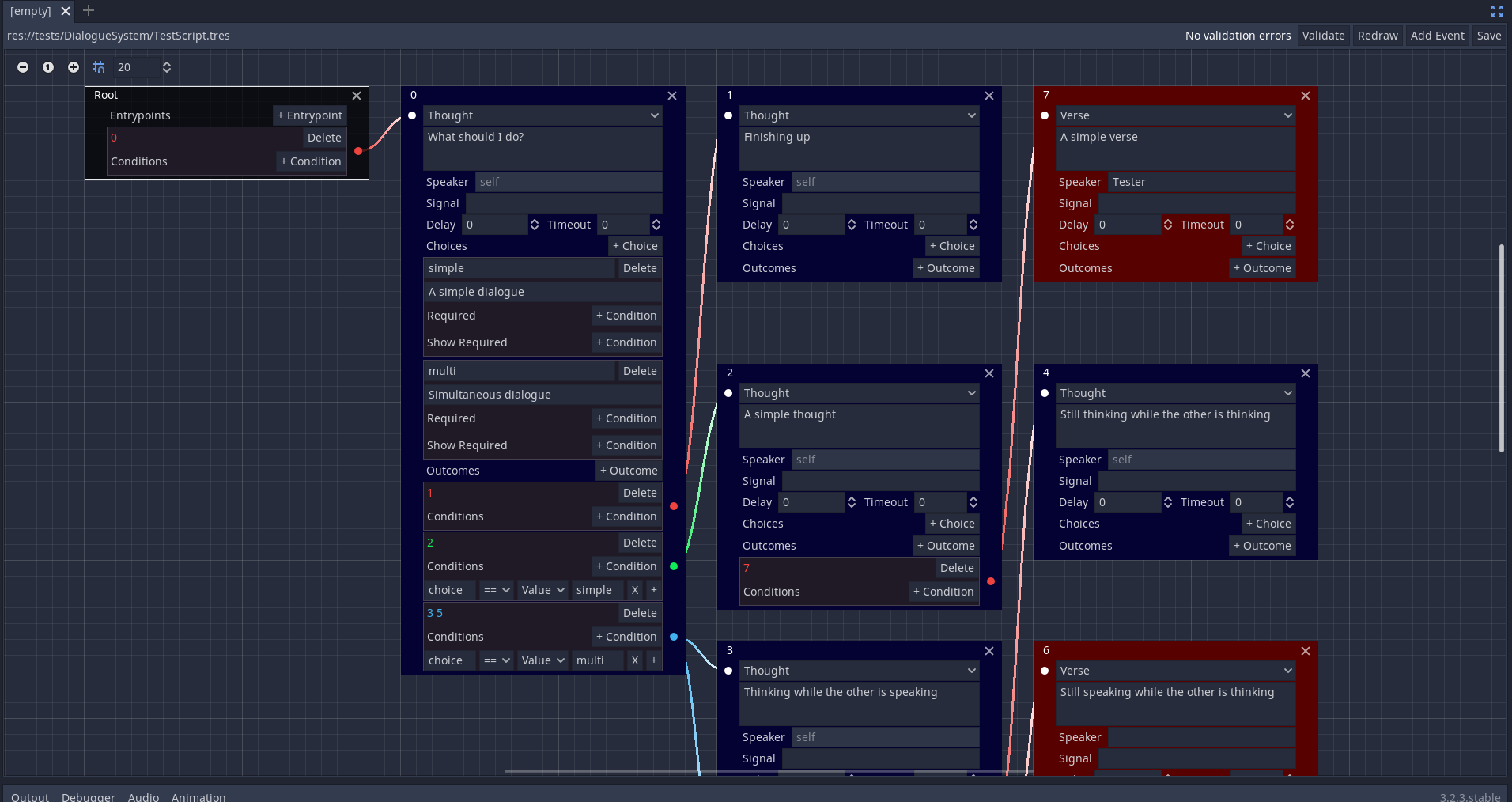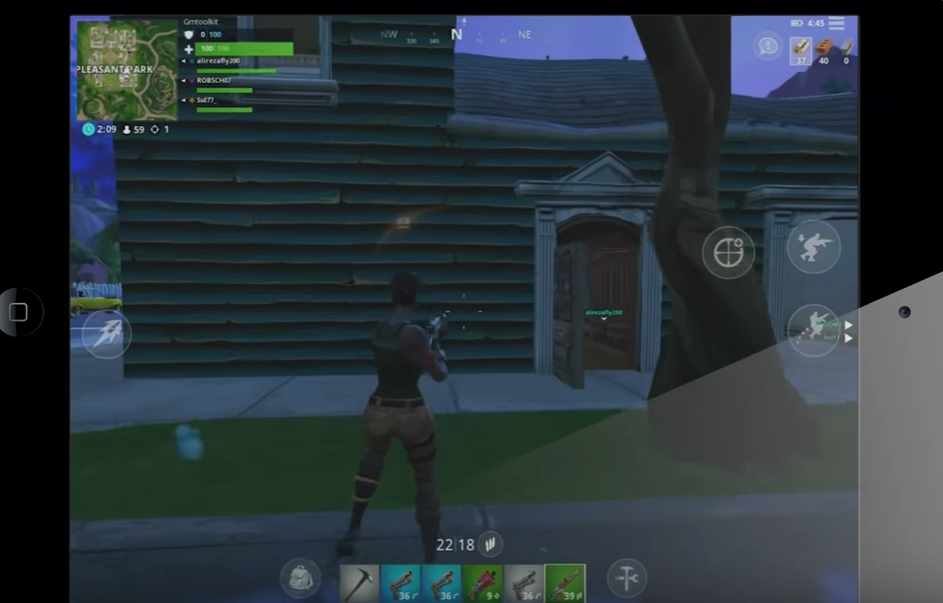Fugue Devlog 7: Environmental Effects and Objects
With the dialogue system in decent shape, I’m moving onto exterior environments. There’s a lot to figure out here: environmental effects like wind, fire, smoke, rain, and snow; terrain design; rocks; vegetation including grass, bushes, and trees; skyboxes; and water (which I’m categorizing into “still” water, like those in ponds and pools, and “active” water, like that of the sea). In general creating “natural” effects and objects is way harder than human-made interiors and objects!
Several of the effects (rain, snow, fire, smoke) can be implemented as particle systems. I played around with Godot’s Particles node and am pretty happy with the results. Here are a couple demos showing falling leaves and petals:
The only thing that doesn’t seem possible is the leaves rotating along the x/z axes. It’s not a huge deal since these are more of mood-setting elements and there’ll be plenty else on the screen to focus on.
Many of the remaining effects are usually implemented with shaders: wind in grass and trees (this tree wind shader works pretty well), the grass itself, and water. I don’t have much experience with shaders so I spent some time learning more about them and playing around with them. I haven’t yet managed to finish anything substantial yet but will keep exploring there.
In terms of skyboxes, those seem not too difficult to implement in Blender: basically you build your skybox and then export it as a panoramic image into Godot.
Terrain, rocks, water, and vegetation are a lot harder. For terrain and water there are fortunately some Godot plugins available that make it much easier. For terrain, there’s Zylann’s HTerrain plugin for heightmap-based terrains. This works well for outdoor natural environments and it supports some things out of the box, like painting grass textures and basic wind for grass. Unfortunately the heightmap-based approach doesn’t work for things like caves and overhangs, so it’s not a panacea.
For caves and overhangs there’s Zylann’s VoxelTerrain plugin for voxel-based terrains. It’s not as mature as HTerrain (lacks a few of its key features, like LOD and grass painting) and it requires compilation into Godot (i.e. not just an addon you can drop in), so I’m not sure if this is exactly what I want to use.
Alternatively, I could create the terrains in Blender using the sculpting and texture painting tools there and import them into Godot. Caves aren’t too difficult in Blender (you can use a cube and some displace modifiers to create the right rocky walls as a starting point) so maybe this is the way to go.
For rivers there’s Arnklit’s Waterways. I wonder if I can stretch it to work for other bodies of water. In any case I may need something different for still bodies of water, like those in grottos:
For trees, there were two plugins for Blender I looked at: tree-gen and modular-tree. I also looked at hand-making trees based on “How to Create a Low Poly Tree in 1 Minute” (a similar technique, mainly using Blender’s particle system for leaves/small branches, came up in a few other videos). The generated tree-gen mesh has almost 1.3 million vertices which is way too many. In comparison the basic tree generated by modular-tree has about 21k vertices1 and the handmade low-poly tree has only 6.6k vertices. That might still be too many–I don’t yet have an intuition of what number I should aim for, I just know that fewer vertices are better in my case. The low-poly one also better matches the look of the game so far (low-poly, photo-realistic textures, and dithering, which in this case is just an artifact of Blender).
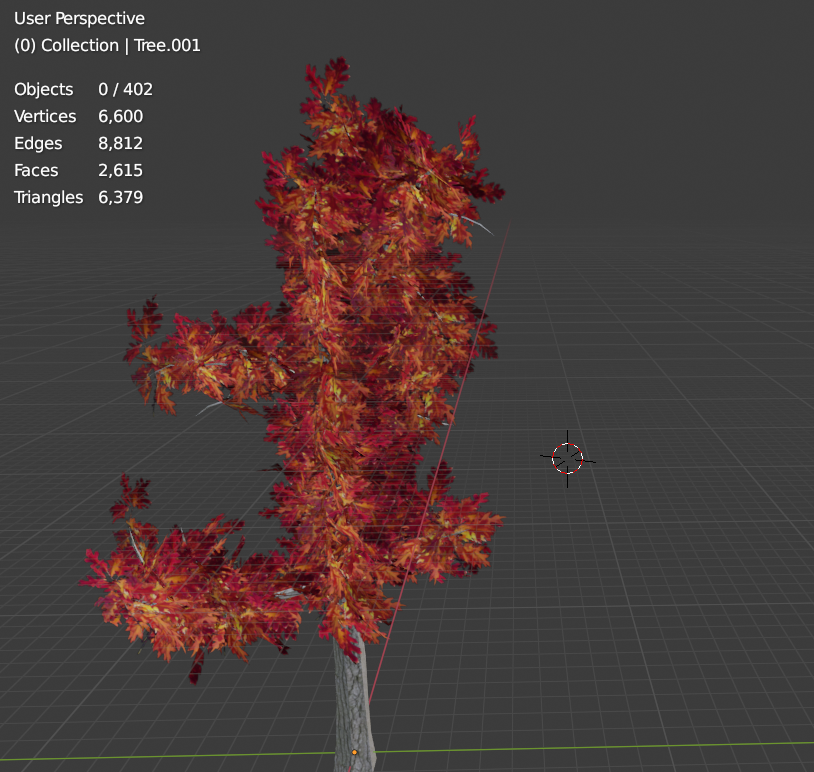
I wrote a Blender addon that generates the base of the tree (trunk and branches, but without the leaves) in a manner similar to that low-poly tutorial. You still need to manually set up the vertices and particle system for the leaves, but I may expand the script to do some of that automatically. It was a struggle to get the script working properly (my linear algebra is really rusty and the Blender Python documentation, at least for the bmesh parts, is really lacking), and it’s not nearly as powerful as tree-gen or modular-tree, but it does what I need and in the style suitable for the game.
Here’s the tree with this basic wind shader:
With trees and other vegetation, as well as rocks, you need not only to create the tree meshes, but also distribute them. This post details the use of a particle system to distribute vegetation throughout a terrain, but Zylann has yet another (!) plugin, Scatter3d, that lets you paint scene instances (e.g. meshes) in Godot. For wind, Godot has a tutorial for a wind shader.
For rocks, Blender has an add-on to generate rocks, which as far as I can tell is based around feeding noise into a displacement modifier (this is the basic approach for creating caves in Blender as well). I’ve also seen rocks generated with a particle shader, which probably makes more sense if you have a desert landscape that needs tons of small rocks scattered about. If I’ve learned anything while researching how to approach these natural elements, it’s that a rock is not a rock, and water is not water, and so on…there are rocks that are big, for up-close use, or medium-sized ones for foreground elements, or tiny ones for a sprawling landscape; water in a calm pool is not the same as water running through a river which is not the same as water that’s crashing against a beach.
A tricky thing with natural elements is the right amount of realism. There’s of course a lot of effort spent on figuring out ways to most accurately simulate natural environments and effects, and realism usually comes with a big cost to performance. I’m not trying to make natural environments that approach reality but that are interesting and convincing enough. Whenever I come across a video or post detailing how to make a tree or a water shader or what not, I always have to figure out the context. Is these for rendering in a 3d short film? Is this for a triple-A video game where players are assumed to have the latest graphics cards? Is this a demo of how realistic you can get an effect but way too computationally demanding for practical use?
For example, I found this beautiful Breath of the Wild style grass created using a shader. It’s a bit resource intensive and, as wonderful as it looks, it’s just not the vibe Fugue’s going for.
Next I need to pull these pieces together and try building a couple natural environments–probably a forest clearing and a grotto to start.
It was a little tricky to set up modular-tree. One note is to checkout the blender_28 branch if you’re using Blender 2.8 or above. The other is that there’s a bug when adding a twig node. What worked for me is to first add a twig node and “execute” the node, creating a mesh called tree, then rename the mesh to twig (or whatever else). Then set up the tree nodes: a trunk node into a branch node, then a “tree parameters” node separately. Check create_leafs, then click the eyedropper for the leaf parameter and select your twig mesh in the scene hierarchy. Then click execute tree.


